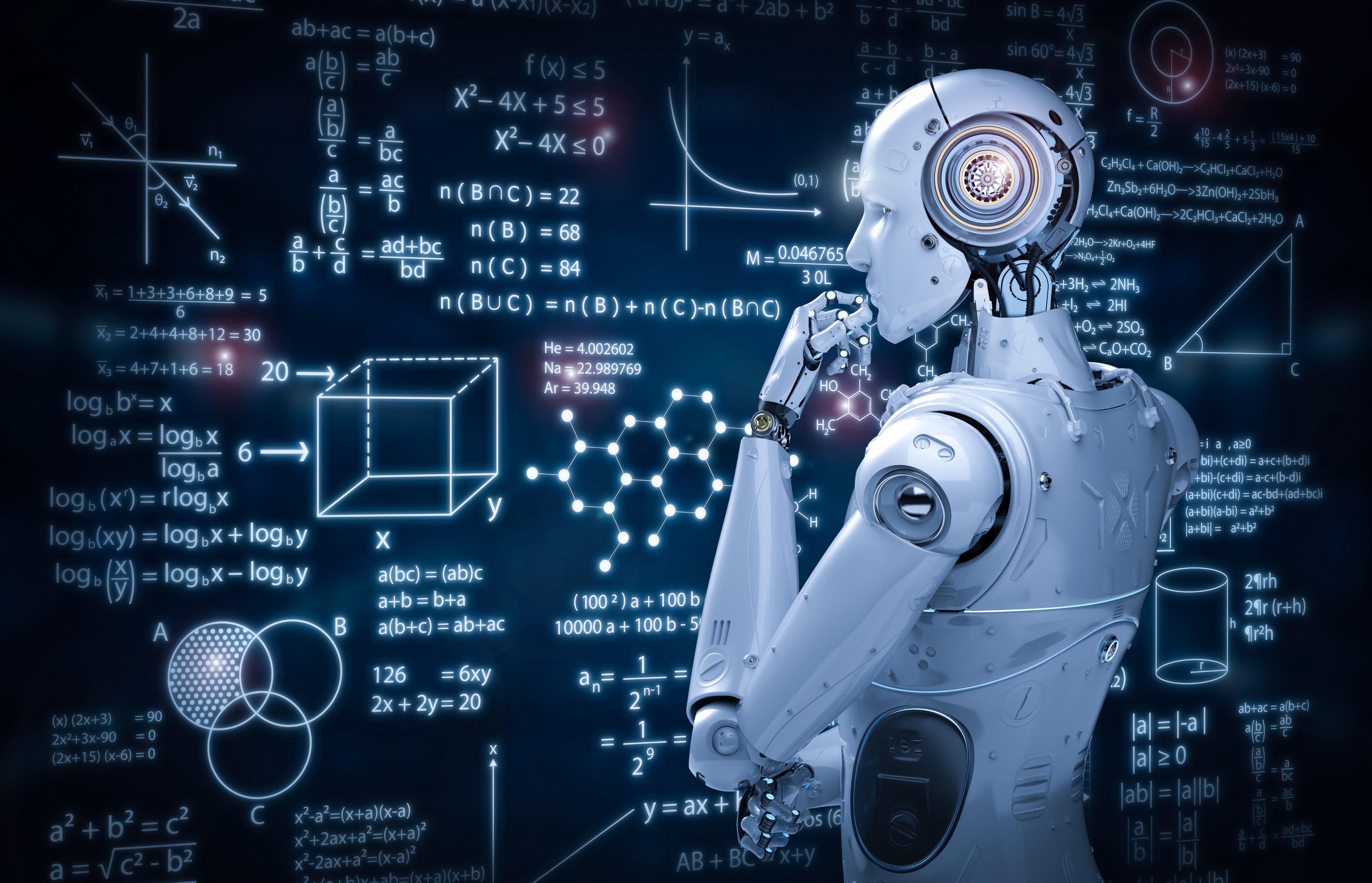Supervised learning is a type of machine learning where the model is trained on a set of labeled data. The model learns to predict the output label for a given input data point. Some of the most popular supervised learning algorithms include linear regression, logistic regression, decision trees, and random forests.
Linear Regression
Linear regression is a simple yet powerful supervised learning algorithm that can be used to predict a continuous value. The model learns to predict the output value as a linear combination of the input features. For example, you could use linear regression to predict the price of a house based on its square footage, number of bedrooms, and location.
Logistic Regression
Logistic regression is a supervised learning algorithm that can be used to predict a categorical value. The model learns to predict the probability of a given input data point belonging to a particular category. For example, you could use logistic regression to predict whether a customer will click on an ad based on their demographic information and browsing history.
Decision Trees
Decision trees are a supervised learning algorithm that can be used to predict both continuous and categorical values. The model learns to predict the output value by recursively splitting the data into smaller and smaller subsets. For example, you could use decision trees to predict the risk of a loan default based on the borrower's credit history, income, and debt-to-income ratio.
Random Forests
Random forests are a supervised learning algorithm that is an ensemble of decision trees. The model learns to predict the output value by averaging the predictions of the individual decision trees. For example, you could use random forests to predict the likelihood of a patient developing a certain disease based on their medical history and test results.
Use Cases
Supervised learning algorithms are used in a wide variety of real-world applications. Some of the most common use cases include:
Predictive analytics: Supervised learning algorithms can be used to predict future events, such as customer churn, product demand, and financial trends.
Fraud detection: Supervised learning algorithms can be used to identify fraudulent transactions.
Medical diagnosis: Supervised learning algorithms can be used to diagnose diseases.
Personalization: Supervised learning algorithms can be used to personalize products and services for individual users.



